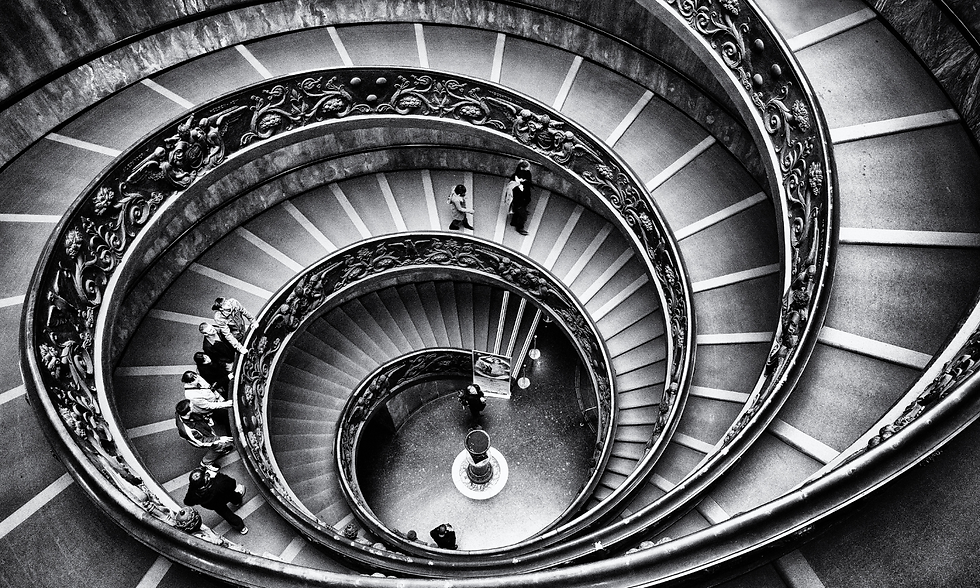When Pixels Think: How AI Is Redesigning Design
- Ishan Das

- May 26
- 3 min read
"The future is already here—it's just not evenly distributed." — William Gibson
Design has always been a deeply human art—a space where creativity, intuition, and visual storytelling collided to create impact. But recently, there’s a new guest at the creative table: Artificial Intelligence. From automating layouts to generating entire illustrations, AI is transforming not just how we design—but how we think about design.
The question is no longer if AI will affect creative industries—it’s how much, and how soon.
The Rise of Machine-Made Magic
Gone are the days when creating a design meant hours of sketching, tweaking, and pixel-perfect alignment. Today, tools like Midjourney, DALL·E, Runway, and Adobe Firefly can churn out stunning visuals in seconds—sometimes with nothing more than a single prompt.
And it’s not just static design. Need a logo? AI can generate one. Want an animated video? AI’s got that too. Even typography, once the holy grail of trained designers, is being reimagined by generative models.
“AI won’t replace designers, but designers who use AI will replace those who don’t.” — Unknown

Perks of AI-Powered Creativity
Let’s be honest—there’s a lot to love.
Speed: What once took hours can now be done in minutes.
Accessibility: Non-designers can now create stunning visuals without formal training.
Exploration: Designers can prototype multiple variations instantly, unlocking new creative directions.
Collaboration: AI becomes a co-pilot, helping refine ideas, suggest improvements, and push boundaries.
Imagine being able to test five brand identities in a day or visualize your packaging across materials without printing a single prototype. That’s not just productivity—that’s superpower.

But Wait... Is AI Stealing the Soul of Design?
While AI is dazzling, it's not without its caveats.
Originality Concerns: Many AI models are trained on existing works, raising questions about authorship and plagiarism.
Creativity Ceiling: AI is great at remixing, but not so much at innovating. It can’t feel culture shifts or understand nuance the way a human can.
Over-reliance: When tools become too easy, there’s a risk of creative laziness. Design isn't just output—it's process, iteration, discovery.
Ethical Challenges: From biased training data to copyright murkiness, AI in design still needs some growing up to do.
"Just because something is easy, doesn't mean it's meaningful." — You, probably after using an AI template for the tenth time.
A New Role for Designers
So where does this leave real, living, breathing designers?
Right at the center of it all. As AI handles the technical heavy lifting, designers are being freed up to focus on strategy, storytelling, and empathy—the things AI still can’t replicate. The role is shifting from pixel pusher to creative director, from executor to curator of ideas.
Design in the age of AI is less about what you create, and more about why you create it.


The Hybrid Era Has Begun
We’re not witnessing the death of design—we're witnessing its evolution. A new era is unfolding where AI and humans co-create, where art and algorithm dance in harmony.
Want to test ideas faster? Done. Want to push past creative blocks? AI’s got your back. But want a logo that truly captures the soul of a brand? That’s still a job for humans.
“The best way to predict the future is to design it.” — Buckminster Fuller
So whether you're a designer, entrepreneur, or just a curious soul with Canva open on your browser—know this: AI isn't here to replace creativity. It's here to supercharge it.
Let’s just make sure we’re still the ones holding the pencil (or stylus).
Wrapping It Up
AI is changing the creative game—but that doesn’t mean we’re sidelined. It just means we’ve got a new creative partner in the studio. The magic still lies in human intuition, emotion, and storytelling. AI can assist, accelerate, and even surprise—but it’s our why that gives design its soul.
So go ahead, explore the tools, test the tech, push the limits—but never forget the human behind the screen. Because in the end, it's not just what we make, but how and why we make it that matters.


